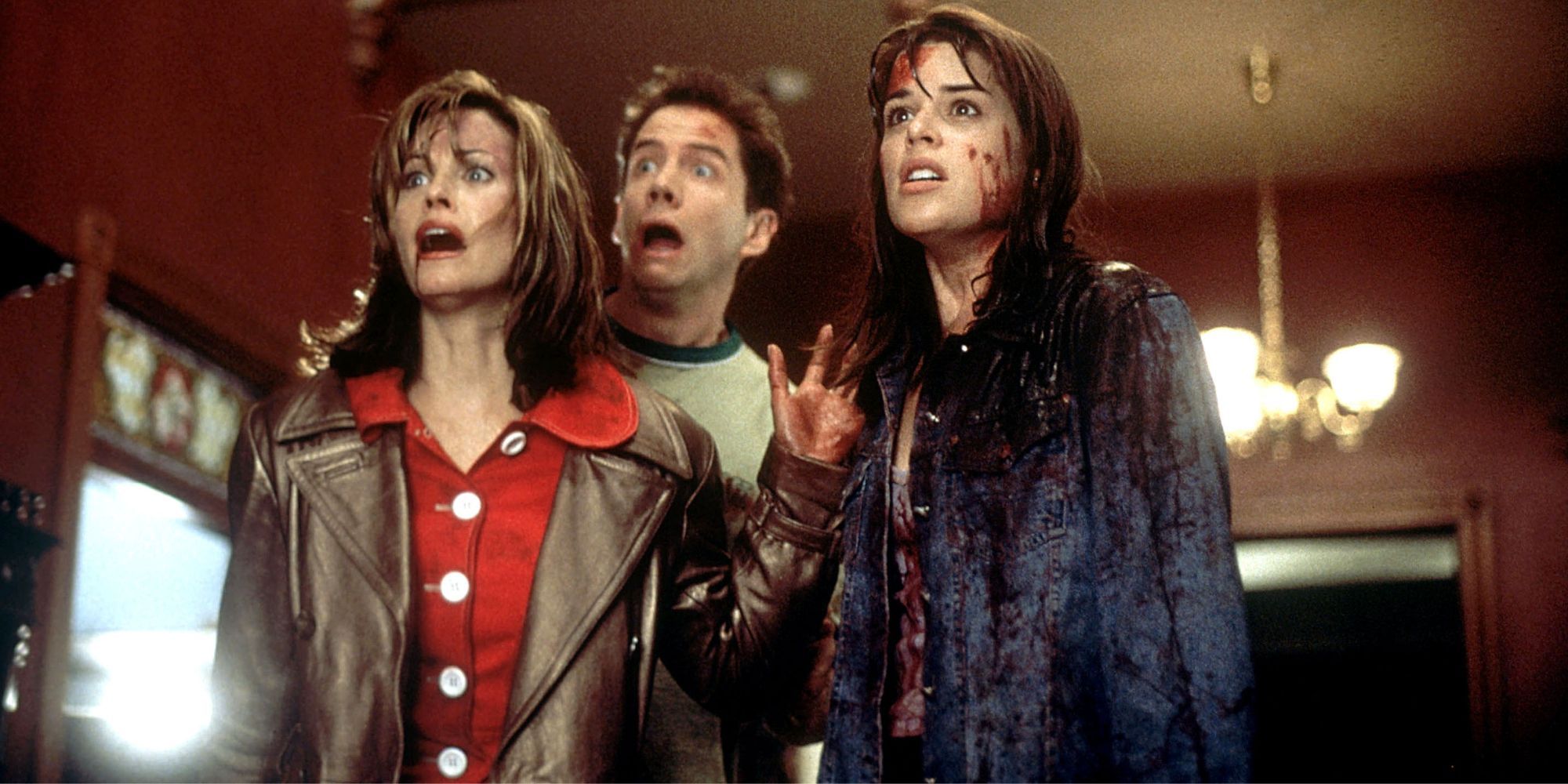
Horror films have changed a lot over time, and it’s clear which ones truly transformed the genre. Horror really began to gain popularity in the 1910s, with the earliest versions of stories like Frankenstein appearing during the silent film era. The German Expressionist movement was particularly influential, dramatically changing the visual style of horror movies.
For me, horror really took off when sound was added to movies, and especially when Universal started making those classic monster films. Since then, it’s been amazing watching the genre evolve – we’ve had everything from really artistic, ‘prestige’ horror to the straightforward thrills of monster movies, the intensity of slashers, the immersive feel of found footage, and even horror that playfully acknowledges its own tropes. It feels like each of these different styles had at least one film that truly pushed things forward and changed how we think about scary movies.
The Cabinet of Dr. Caligari (1920)
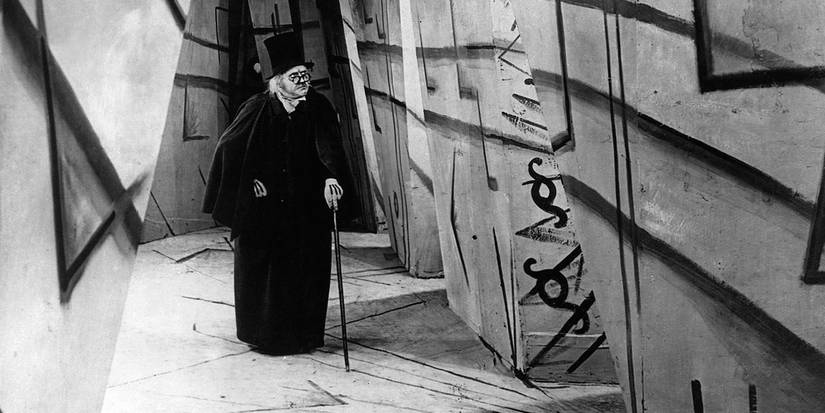
German Expressionism explored themes of horror in the 1910s, creating some iconic silent films. It began with the impressive The Student of Prague in 1913, but The Cabinet of Dr. Caligari, released seven years later, truly transformed the horror genre and had a lasting impact on American movies.
Robert Wiene’s 1920 film was a groundbreaking horror movie that used unusual camera angles and set designs to scare and disorient viewers. Its story—about a hypnotist who uses someone under hypnosis to commit crimes—was a huge hit and helped establish many of the techniques still used in horror films today.
This film paved the way for other important German Expressionist movies, such as The Golem (1920) and Nosferatu (1922). Its style directly inspired the Film Noir genre and also had a significant impact on horror films, notably influencing the creation of Dracula.
Dracula (1931)
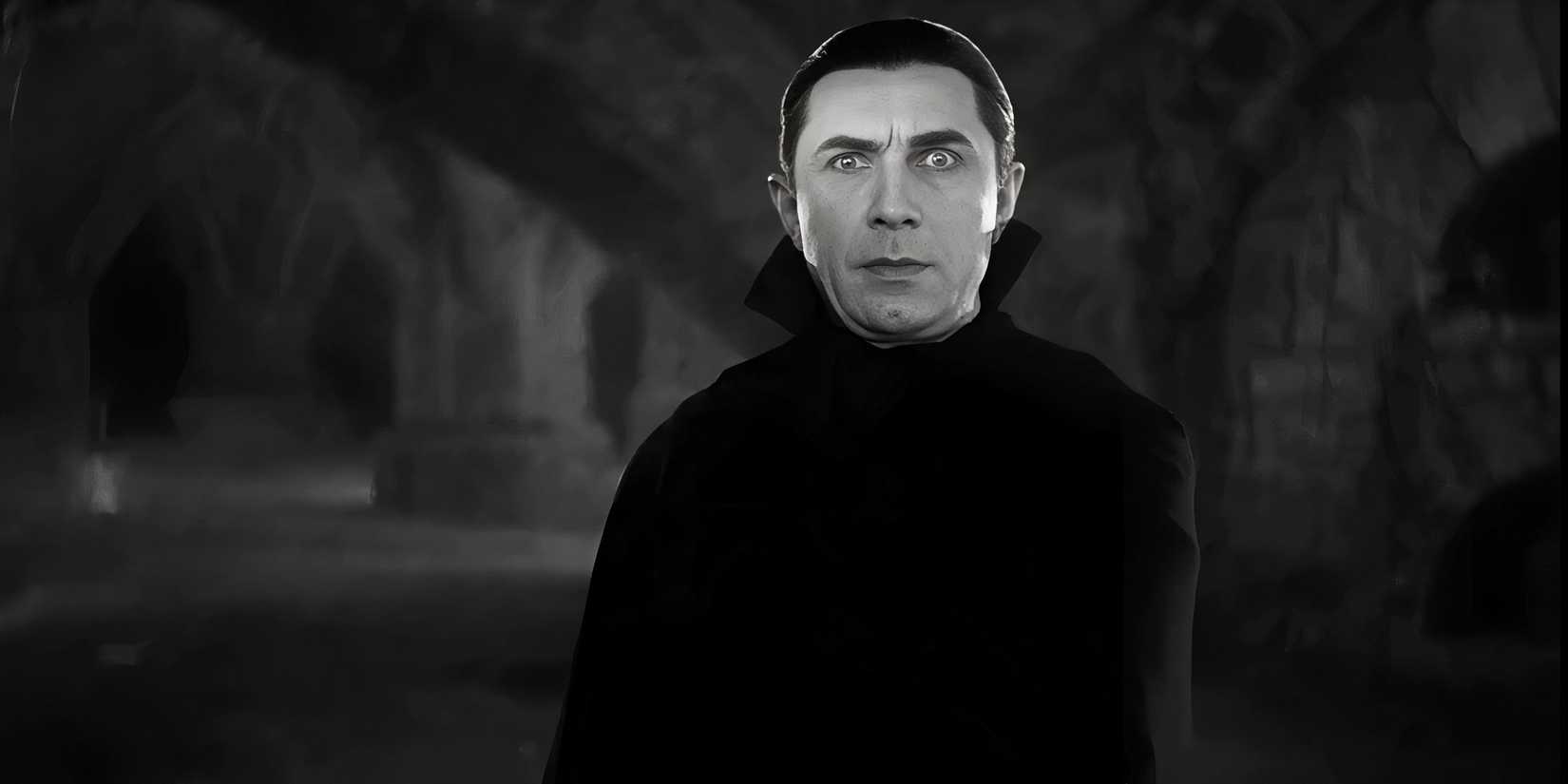
Though Dracula borrowed heavily from the visual style of films like The Cabinet of Dr. Caligari and other German Expressionist movies, it also innovated and significantly impacted the horror genre. Director Tod Browning hired German cinematographer Karl Freund, and together they established the look and feel that would define the classic Universal Monster films.
Monster movies weren’t new – films like Nosferatu, an early adaptation of Dracula (renamed to avoid legal problems), and Life Without Soul (a 1915 silent Frankenstein film) had come before. But it was with Dracula that Hollywood really discovered how to make horror films commercially successful.
The 1931 film Dracula, with a captivating performance by Bela Lugosi, launched a wave of classic monster movies. It directly inspired films like Frankenstein, The Invisible Man, The Mummy, and The Wolf Man, and these creatures continue to appear in horror films and other media even now. These films essentially established the standard for horror cinema for decades.
Cat People (1942)
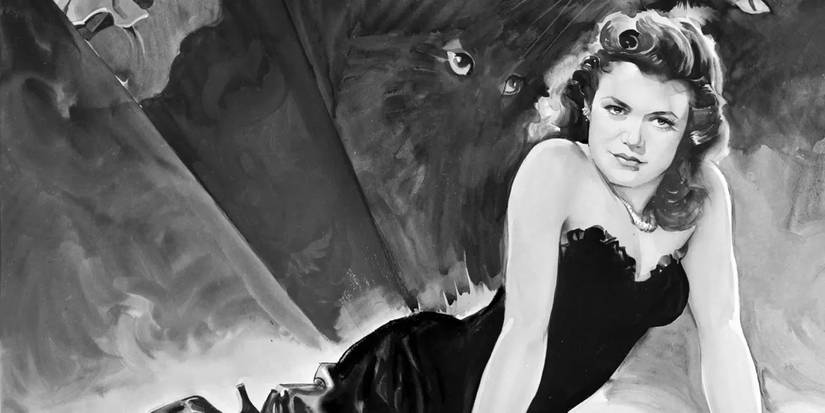
I’ve always loved the classic monsters like Dracula and Frankenstein – they were huge at the box office and still have so many fans! But it’s interesting to learn they weren’t always taken seriously back then, often seen as just cheap thrills. That’s what made filmmakers like Val Lewton so special, though. He really stepped up and started making horror movies with something more to say, and I think he was the first to truly do that.
Val Lewton was a producer known for making inexpensive horror films for RKO Pictures. Despite their low budgets, these films were praised by critics and explored more complex ideas than typical monster movies of the time. His first film, Cat People (1942), was a major hit for the studio.
Surprisingly, the studio would give Val Lewton a title before he even started making the movie, challenging him to create a good horror film around it – a task he became remarkably skilled at. He went on to direct I Walked with a Zombie and The Leopard Man, and within four years, he’d built a collection of horror films that were as impressive as those from Universal Studios.
Godzilla (1954)
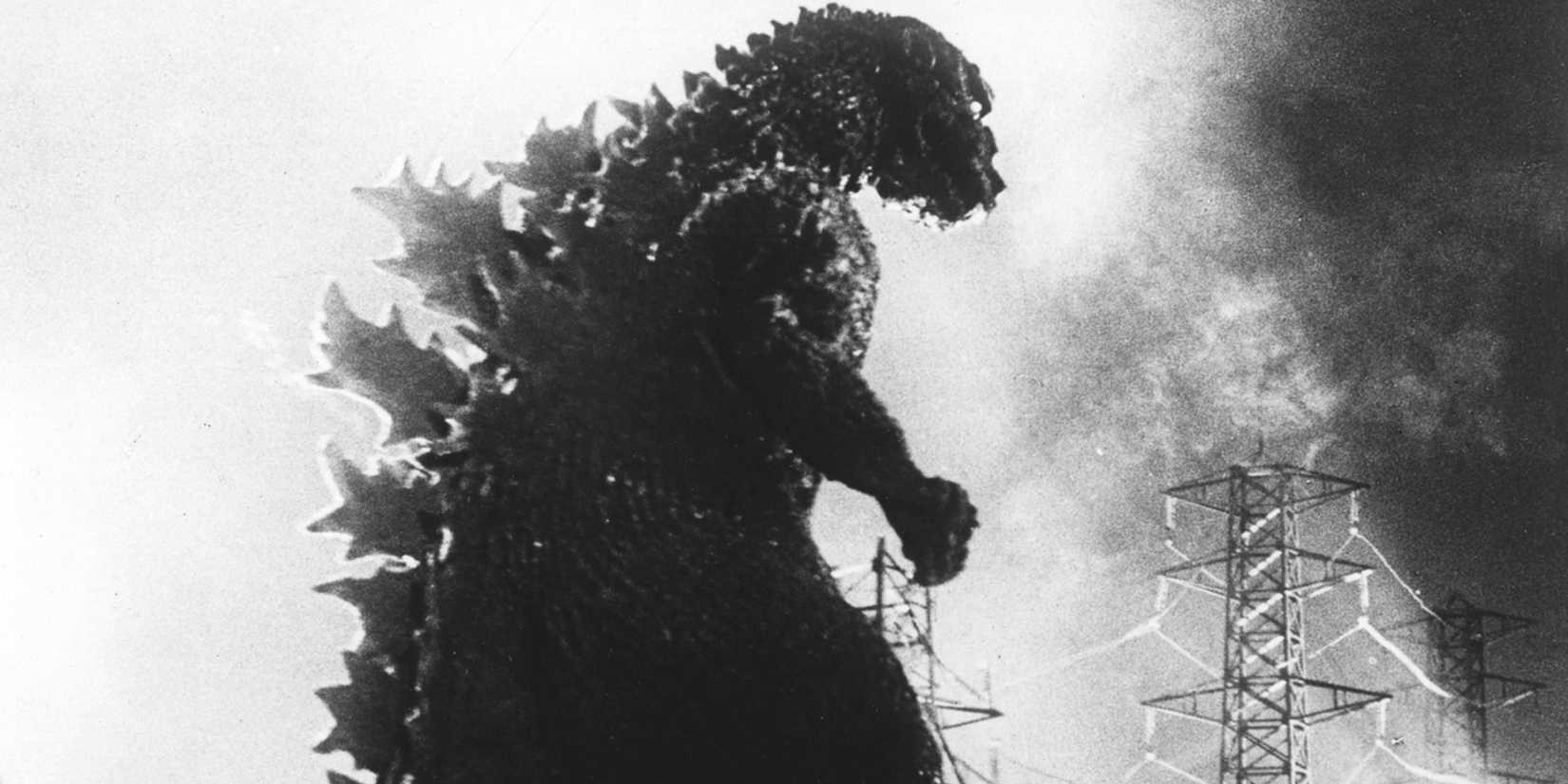
World War II had a big impact on horror films. After seeing the real horrors of war, audiences became less interested in traditional monsters like vampires and werewolves. This led to a rise in science fiction-based horror and movies that reflected the anxieties of war itself. A prime example of this shift was the 1954 Japanese film Gojira, featuring a giant monster.
Godzilla wasn’t just another monster movie creature; he stood out from the rest. Created by nuclear testing in the Pacific, his rampage wasn’t random – it was a response to humanity’s own destructive tendencies and a rejection of its pursuit of conflict over peace.
Godzilla revolutionized horror films, influencing the genre for the next twenty years. It sparked a wave of giant monster movies, including numerous sequels in the Godzilla series, and inspired sci-fi horror films that tapped into Cold War anxieties, like Invasion of the Body Snatchers. Ultimately, Godzilla successfully blended science fiction and horror elements.
Psycho (1960)
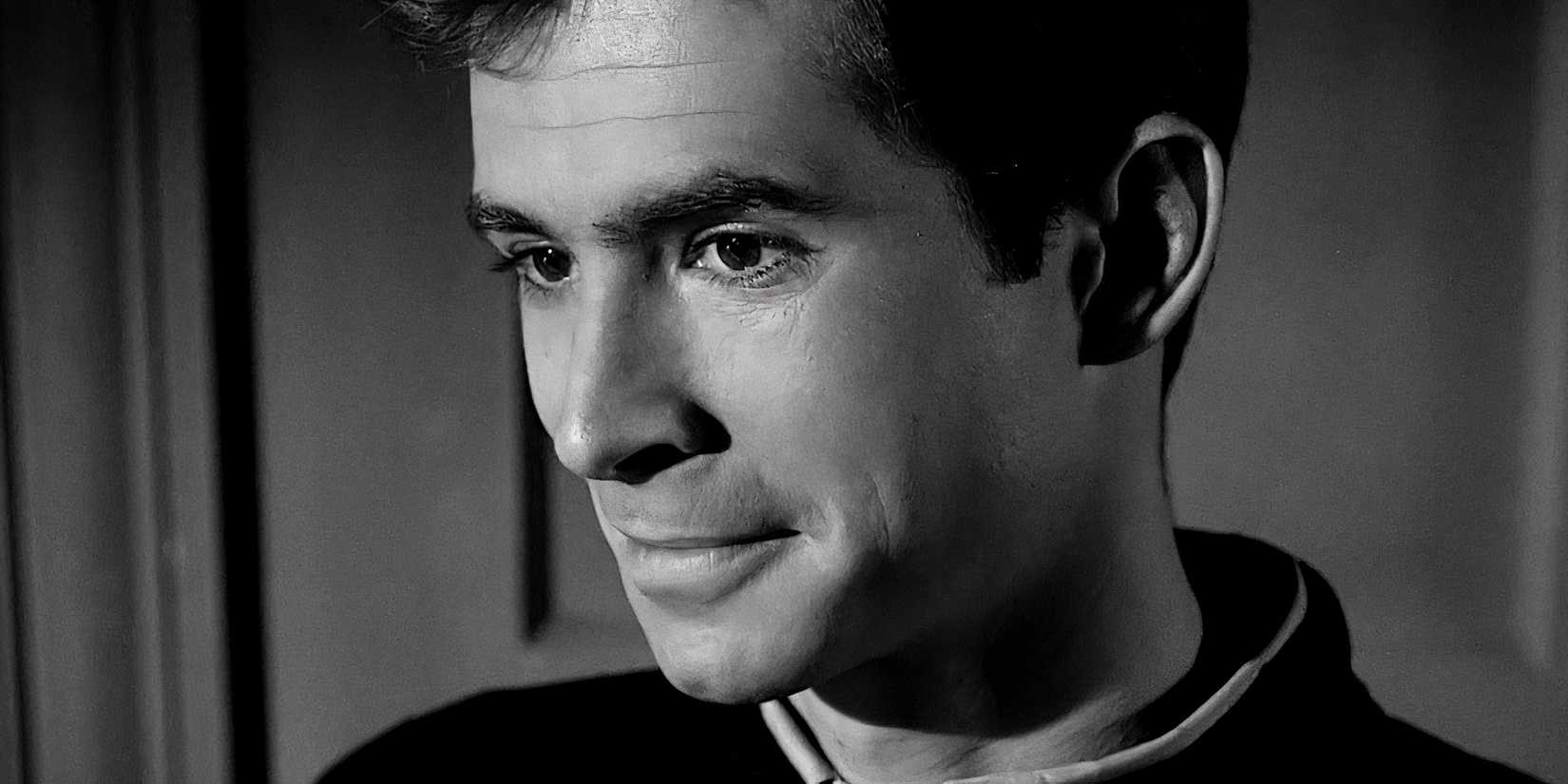
By the 1960s, audiences were becoming interested in horror stories focused on people, rather than just traditional monsters. While companies like Hammer Films brought classic monsters back to life, there was a growing desire to see villains who were human, just as much as supernatural creatures. A prime example of this shift was Alfred Hitchcock’s iconic horror film, Psycho (1960).
I was really struck by how different this horror film was. Instead of a monster or supernatural force, the terror came from a human killer – and a deeply troubled one at that. Knowing it was inspired by the real-life story of Ed Gein made it even more unsettling. It felt like a turning point in horror, honestly, and I can definitely see how it paved the way for all those classic slasher films we love from the 70s and 80s.
The film Psycho didn’t just inspire slasher movies; it also paved the way for grittier and more shocking stories about serial killers, like the infamous The Texas Chain Saw Massacre.
The Exorcist (1973)
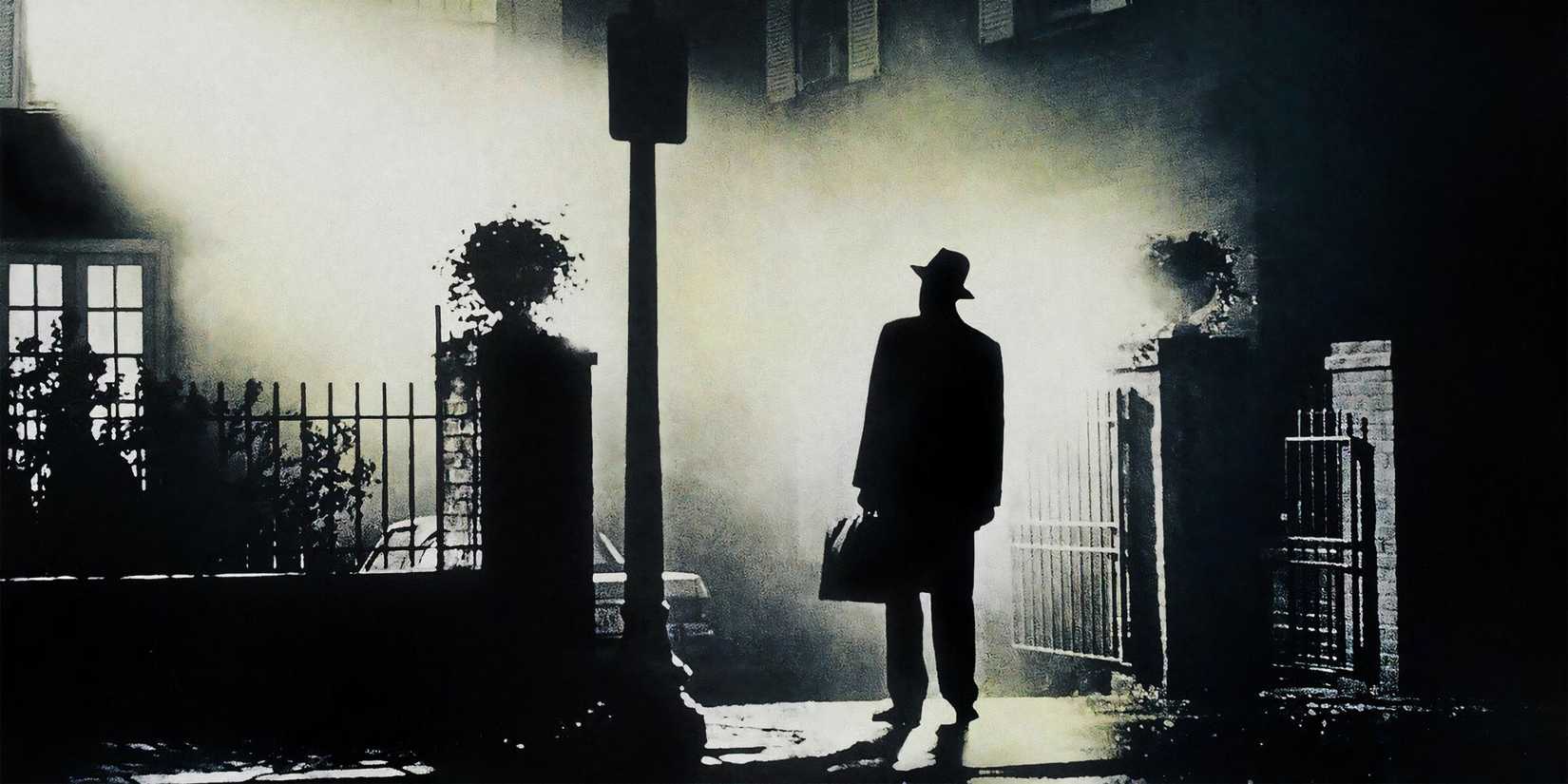
Before 1973, horror movies rarely received critical praise, even those directed by a master like Alfred Hitchcock. That changed with William Friedkin’s 1973 adaptation of William Peter Blatty’s novel, The Exorcist, which was both a popular hit with audiences and a critical success.
The Exorcist was a major turning point for demonic horror films, paving the way for later successes like Hellraiser. The genre has become even more popular in recent years with movies such as The Conjuring and Insidious, but it all started with the impact of The Exorcist.
When The Exorcist received a Best Picture Oscar nomination, it was a landmark achievement. While suspenseful films like Spellbound and Gaslight had been nominated before, The Exorcist was the first true horror film to be recognized by the Academy Awards. Though still uncommon, this opened the door for the genre, but it wasn’t until 18 years later that a horror film actually won an Oscar.
Halloween (1978)
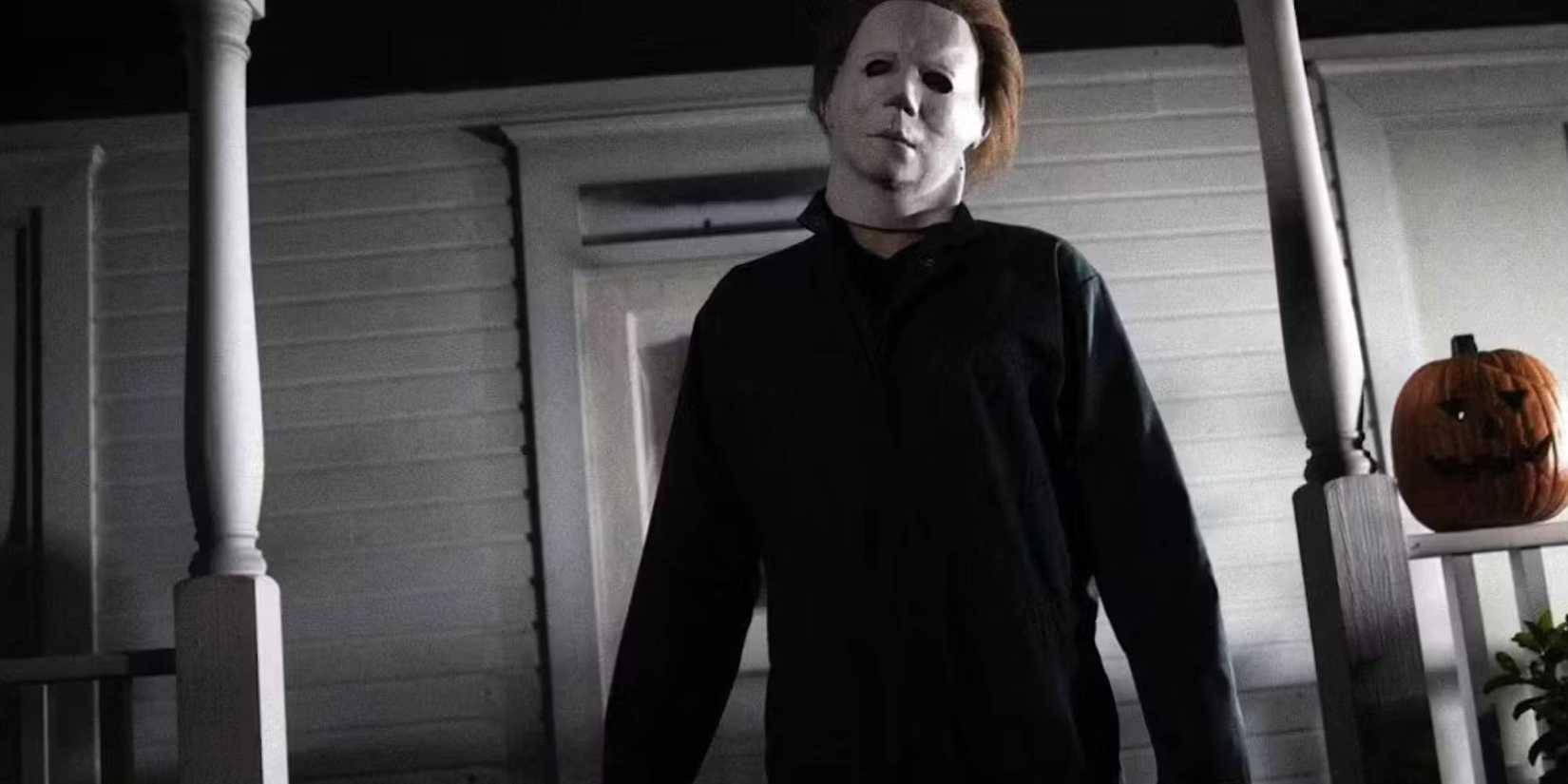
Though Black Christmas was the first significant slasher film, Halloween is the movie that truly launched the genre into a major horror trend throughout the late 70s and 80s. Halloween essentially established the slasher formula, featuring young characters punished for their behavior and a final female survivor.
This film was the first slasher movie to launch a long-running horror franchise, paving the way for popular series like Friday the 13th, A Nightmare on Elm Street, and Child’s Play.
The movie Halloween made the masked, unstoppable killer a popular horror figure, often targeting and brutally killing young people. This ‘slasher’ style dominated horror films for about twenty years, and it all started with the character Michael Myers.
The Silence Of The Lambs (1991)
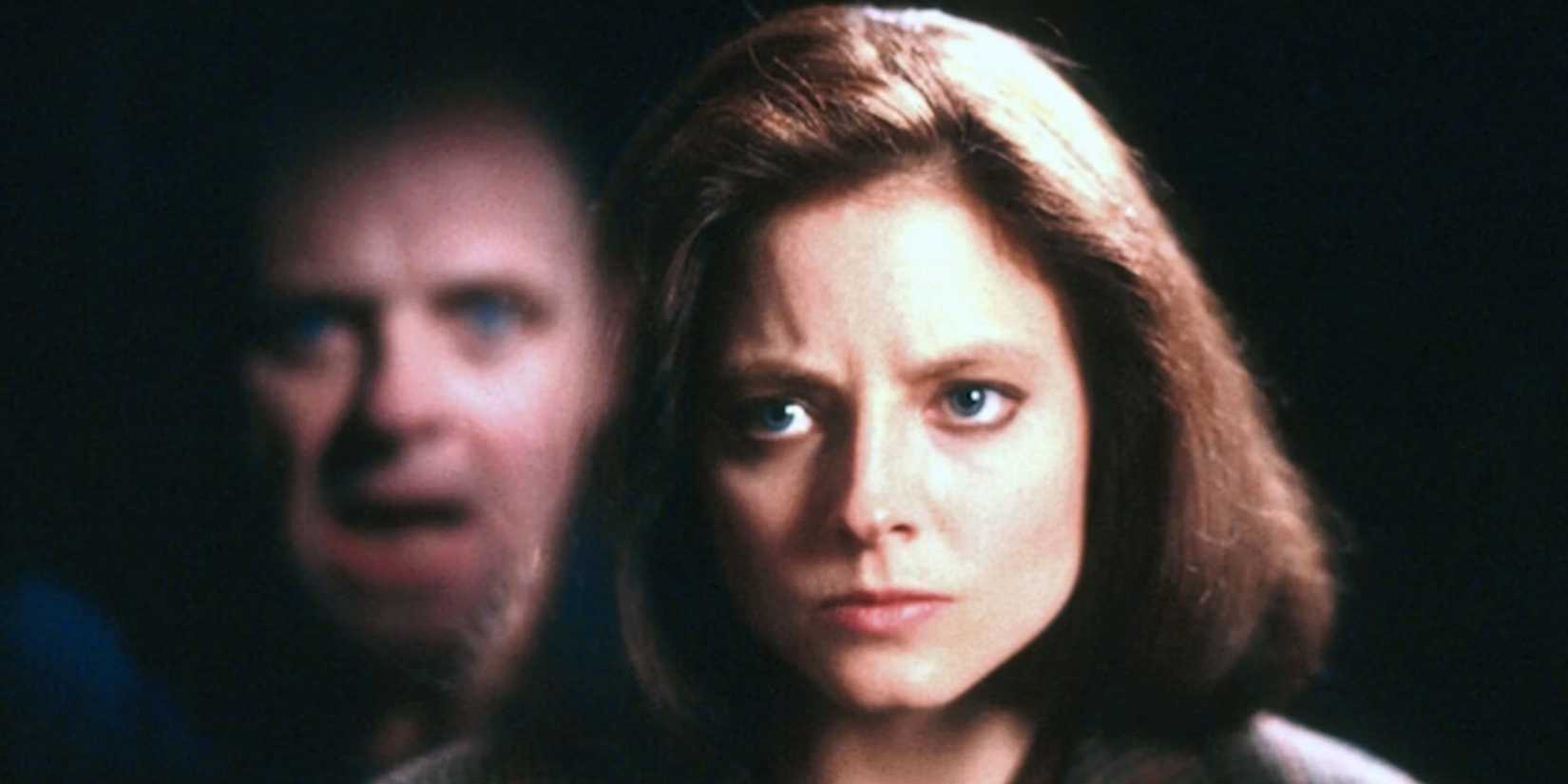
Although The Exorcist was the first horror film to be nominated for an Oscar, it wasn’t until 18 years later that one actually won. The Silence of the Lambs achieved this breakthrough and went further, becoming one of only three films ever to win every major award at the Oscars.
With its Best Picture win, The Silence of the Lambs became only the third film – following One Flew Over the Cuckoo’s Nest (1975) and It Happened One Night (1934) – to win all five major Academy Awards: Best Picture, Best Director, Best Actor, Best Actress, and Best Screenplay. This achievement marked a high point for horror films, and no movie has swept the awards quite like it since.
The Silence of the Lambs wasn’t just a hit movie – it launched a whole franchise, including sequels, a prequel, and two TV shows focusing on the characters of Hannibal Lecter and Clarice Starling. It’s often credited with bringing horror movies into the mainstream.
Scream (1996)
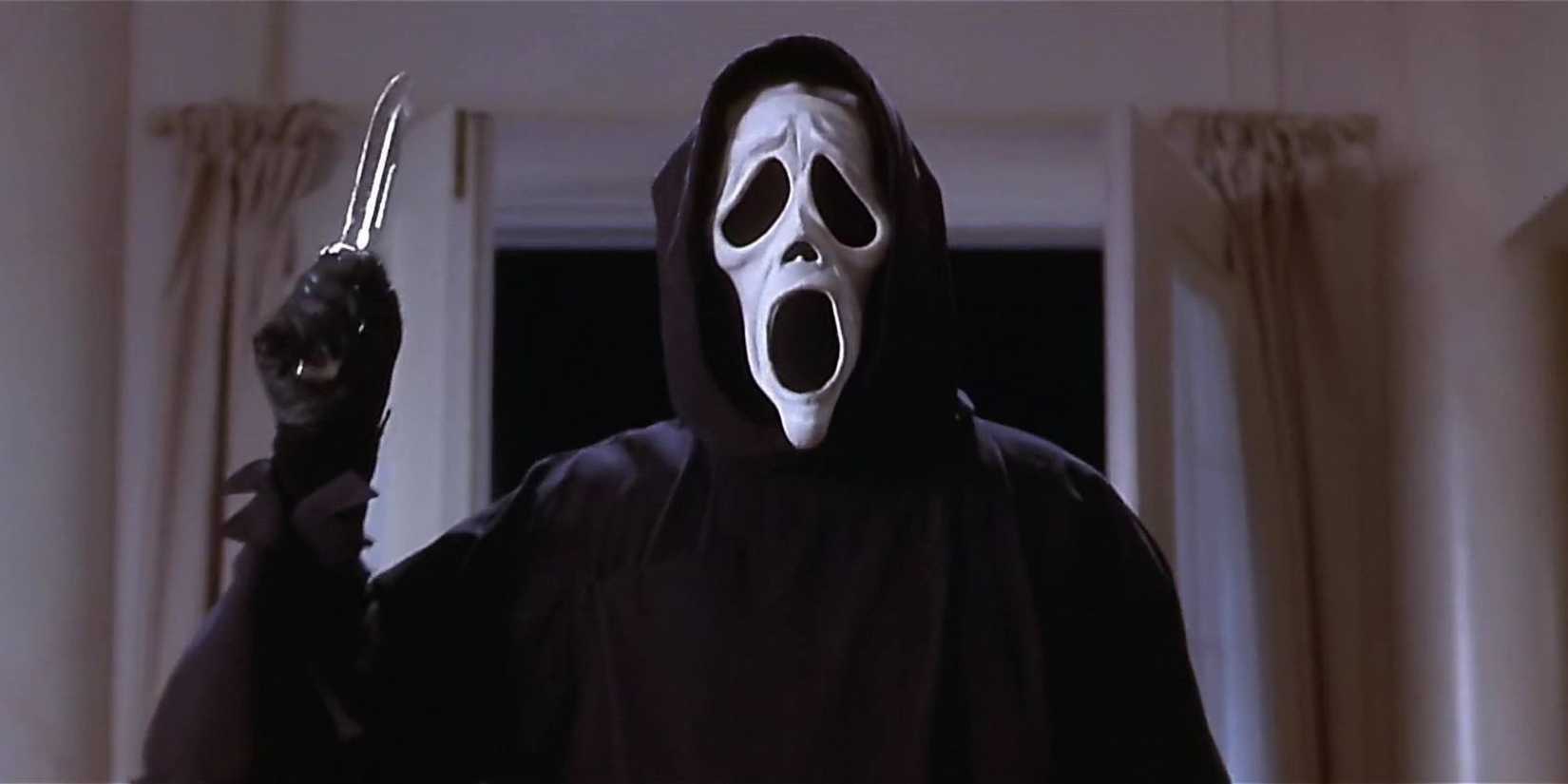
By the 1990s, horror movies were losing their appeal. Slasher films, once popular, were becoming outdated, and viewers wanted something new. Wes Craven attempted to deliver that with his film New Nightmare, which cleverly incorporated the idea that Freddy Krueger knew he was a horror movie villain. Unfortunately, audiences weren’t quite ready for this meta approach.
Two years later, Craven’s direction of Kevin Williamson’s Scream marked a turning point. Similar to New Nightmare, Scream was a self-aware horror film where the characters were familiar with horror movie conventions and often playfully acknowledged the audience while experiencing classic slasher elements. The film was a huge hit and revitalized the horror genre.
Since the release of Scream, many horror films have built on the idea of self-awareness, often adding a clever sense of humor to traditional tropes like slasher films, vampire stories, and home invasion thrillers. Wes Craven essentially invented a new type of horror with Scream and New Nightmare, and that style is still popular today.
The Blair Witch Project (1999)
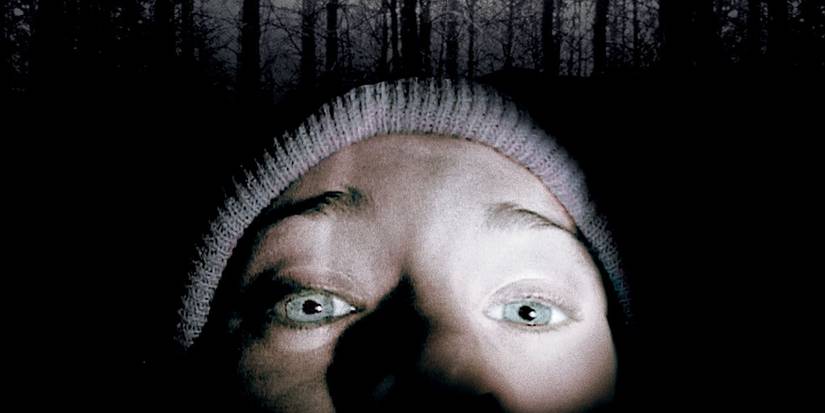
While found footage films have been around for a long time, The Blair Witch Project was the movie that really popularized the style. It showed filmmakers they could create a successful horror movie on a small budget by using the found footage technique, leading to a surge in this type of film.
The film The Blair Witch Project paved the way for the huge success of franchises like Paranormal Activity. It sparked a surge in found footage movies, though very few, aside from Paranormal Activity, achieved similar popularity.
You know, beyond just the filmmaking itself, there was something else that really made The Blair Witch Project a huge deal. The creators played it brilliantly – they presented the whole thing as if it were real footage of an actual event. That got everyone talking and drove tons of people to see it in theaters. Honestly, it totally changed movie marketing, especially online, and it was a game-changer for horror films. It showed everyone how to build hype in a whole new way.
Read More
- Zerowake GATES : BL RPG Tier List (November 2025)
- Clash Royale codes (November 2025)
- The Shepherd Code: Road Back – Release News
- LINK PREDICTION. LINK cryptocurrency
- Gold Rate Forecast
- Best Assassin build in Solo Leveling Arise Overdrive
- It: Welcome to Derry’s Big Reveal Officially Changes Pennywise’s Powers
- When You Can Stream ‘Zootopia 2’ on Disney+
- A Strange Only Murders in the Building Season 5 Error Might Actually Be a Huge Clue
- How to change language in ARC Raiders
2025-10-21 17:12